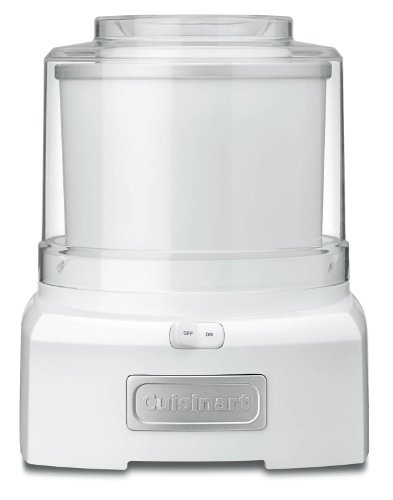Think this is going to be a bunch of recipes ? Think again. Here is what it really takes to have your kids' school lunches be healthy. It's not what you think, and it takes a lot more than a recipe.
A healthy school lunch that is well received by your grade school child is one of the crowning achievements of parenthood. To engineer this amazing feat, you must be ambitious, disciplined, creative and start very early in the game, like before you are even pregnant with the child. Seriously ?
Most depends on you, and this is both bad and good news. It means the obligation is upon you, but it also means you have the power. While you will see that I am emphasizing a strategy that works best if you start early in a child's life, these strategies can work on older children, teens, and in principle, even husbands !
You must lay the appropriate groundwork in your home. Your parenting should have that " just right" touch which is not too lax and not too firm. Your home should run smoothly, so that kids feel secure. Then you must learn what healthy food is, and learn to prepare it so it is easy to handle and appealing to eat. Then you start thinking about healthy school lunches. Here are your tips:
- Start very early on healthy eating habits for the whole family.
- Make sure you know about nutrition, and not just what marketers say.
- Lead by example, i.e. shop, cook and eat healthy yourself.
- Make superb healthy food a family hobby. .
- Know your kids friends.
- Foster this philosophy among your kids' friends by having them over to do cooking projects. Get them involved in the tradition of really nice healthy food.
- Know about school food situation. (Is there a hot lunch ?)
- Know about school policy ( Is food trading permitted ? )
- Know the school social scene (Are there bullies ? )
- Be aware of social sensitivity surrounding home packed lunch. ( Is it cool ? Uncool ? )
- Involve children in the school lunch making process.
- Look up healthy school lunches online together.
- Make a shared Pinterest album of school lunch ideas.
- Choose and purchase their lunch containers together. Let the child have a much say as possible.
- Observe Food safety when packing lunches. Consider a reusable ice block.
- Get kids involved the night before in composing and packing their lunch, at the same time you make yours !
- Don’t be a purist. Include some healthier treats like dark chocolate or covered almonds !
- Consider the classic note of encouragement. Consider variations such as riddles or anagrams.
- Enjoy the process !











































